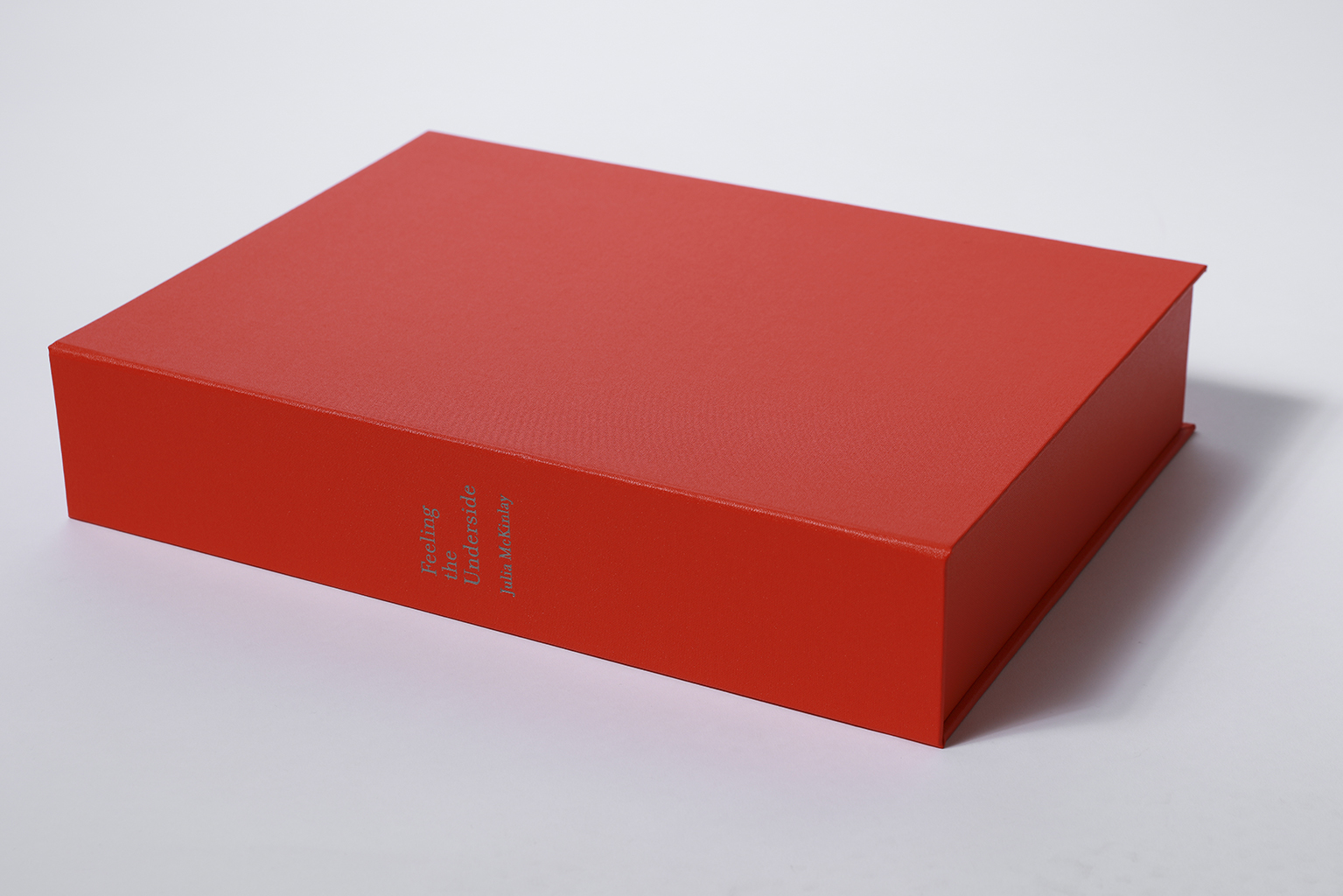To plant: to bring theoretical, live and creative reflexive practices to studies of groups, organisations and institutions.
To be planted: research that grows within living organisations, through people, ideas and their meetings.
To be a plant: researching in the liminal space between inside and outside, covert or overt; navigating and storytelling against/towards academic/practice positions.
Plant is a network to support embedded research within art, architectural and civic organisations. We investigate the creative spaces, objects, and practices surrounding, and produced through, embedded research projects.
This site is a collection of embedded research PROJECTS and associated RESOURCES.
Plant has been established to make the diversity of collaborative hosted relations within embedded research projects visible and explore connections between peer practices. The network aims to critically reflect on the different embedded research positions which have been adopted in relation to non-academic host organisations. With this in mind, a LEXICON of embedded research has started to emerge, allowing projects to be categorised by relationships, methods, collaborators, co-productions, and spaces.
Our working definition of embedded research︎︎︎
2024
To be planted: research that grows within living organisations, through people, ideas and their meetings.
To be a plant: researching in the liminal space between inside and outside, covert or overt; navigating and storytelling against/towards academic/practice positions.
Plant is a network to support embedded research within art, architectural and civic organisations. We investigate the creative spaces, objects, and practices surrounding, and produced through, embedded research projects.
This site is a collection of embedded research PROJECTS and associated RESOURCES.
Plant has been established to make the diversity of collaborative hosted relations within embedded research projects visible and explore connections between peer practices. The network aims to critically reflect on the different embedded research positions which have been adopted in relation to non-academic host organisations. With this in mind, a LEXICON of embedded research has started to emerge, allowing projects to be categorised by relationships, methods, collaborators, co-productions, and spaces.
Our working definition of embedded research︎︎︎
2024
Plant started as a series of open online meetings (2021 –
2022). For these, we picked a short reading/ resource/ provocation related
embedded research as a prompt for discussion. More
recently, our activities have been sporadic, and in response to specific invitations
and opportunities – such as a recent article for Sluice magazine.
Please get in touch if you have ideas or would like to do a project/event with Plant.
Please get in touch if you have ideas or would like to do a project/event with Plant.
LEXICON
Methods
archival
creative writing
curatorial
ethnography
interdisciplinary
international
mapping
narrative inquiry
participant-observation participation
practice-based
public programming
xeno-
archival
creative writing
curatorial
ethnography
interdisciplinary
international
mapping
narrative inquiry
participant-observation participation
practice-based
public programming
xeno-
PROJECTS
Does YSP Make You Happy? Investigating Situated Narratives of Wellbeing
at the Yorkshire Sculpture Park
Claire Booth-Kurpnieks
2020
University of Huddersfield and Yorkshire Sculpture Park
2020
University of Huddersfield and Yorkshire Sculpture Park
Link to thesis︎︎︎
Keywords: observer, critical friend, arms-length, mapping with visitors, narrative inquiry with visitors, participant-observation with staff members, ethnography, research workshops with visitors, public engagement events with students, staff briefings, evaluation and development with staff members, sculpture park, gallery, West Yorkshire
This thesis investigates the situated experiences of
wellbeing at the Yorkshire Sculpture Park through the collection and collation
of intersecting wellbeing narratives with visitors. It places these experiences
within their biographical, temporal, and social contexts in order to illuminate
their specificity and contingency; and to explore the environmental and
aesthetic conditions under which such experiences can occur and be made
meaningful.
Acid-Soaked Molluscs: A Xenophoric Approach to Practicing Sculpture and Print
Julia McKinlay
2021
Leeds Beckett University and Yorkshire Sculpture International (YSI)
2021
Leeds Beckett University and Yorkshire Sculpture International (YSI)
Link to bodies of work︎︎︎
Keywords:
quasi-staff
member, observer, practice-based research with artists, curators and
technicians, curatorial, xeno-, public programming with curators and staff
members, publications with artists and technicians, exhibitions with artists
and curators, West Yorkshire, art residencies, workshop, museum
This PhD by practice thesis examines three bodies of work produced while being embedded in the team delivering YSI 2019: Feeling the Underside, an artist’s book; Mollusc Series, a series of etchings; and Coiled in a Single Plane, Skimmed and Separated, an installation.
![]()
![]()
![]()



The Personal Library
of Barbara Hepworth: A Case Study in the Curation and Interpretation of
Artists’ Libraries
Keywords: quasi-staff member, archival, curatorial, public programming, exhibitions, public programming, research workshops, interpretation, Wakefield, library, gallery
Artists’
libraries are generally an understudied area of the legacy of an artist and
have an uncertain status as to both value and use. Taking the case study of the
personal library of the sculptor Barbara Hepworth, formerly housed at The
Hepworth Wakefield, this thesis combines archival research with a curatorial
intervention to demonstrate the value of such traditionally overlooked areas of
knowledge in the study of both Hepworth’s work, and that of artists more widely.